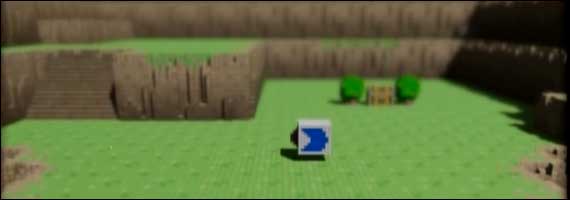
From the images I’ve just received it’s clear that someone around here is playing games without me, and possibly needs more practice with the 3D Dot Game Heroes’ character editor.
More images of our heroic sugar cube after the break.

From the images I’ve just received it’s clear that someone around here is playing games without me, and possibly needs more practice with the 3D Dot Game Heroes’ character editor.
More images of our heroic sugar cube after the break.
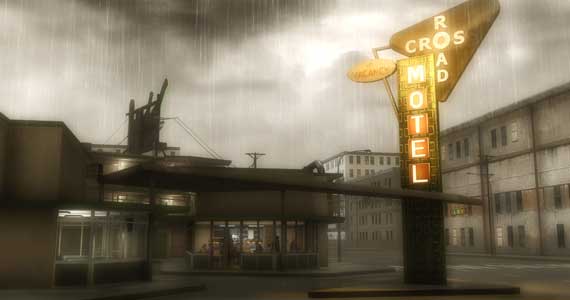
Let me make this clear right off the bat, Heavy Rain is a videogame. You may have heard, from other gamers or websites, or from David Cage himself, that Heavy Rain is some kind of tectonic shift in the way we think about videogames. In fact, the first trophy you receive is called “Interactive Drama – Thank you for supporting Interactive Drama”.
Heavy Rain might still be all of those things, but that isn’t for us to decide, not right now. In the future, if we see more games of this kind expanded upon, then we can talk about Heavy Rain’s place in history. For now though, and for the purpose of this post, we need to look at Heavy Rain solely as a videogame, and on that note I’m happy to report that it’s a good one.
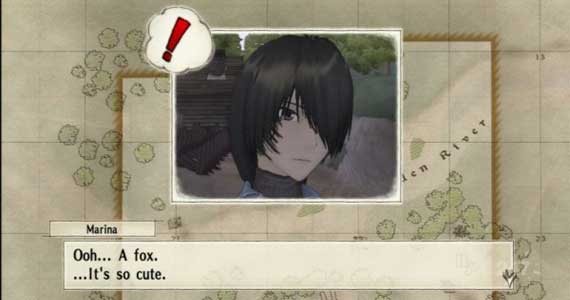
The legend of Valkyria Chronicles’ sometimes crushing difficulty is a subject I’m well familiar with, but I was still surprised to take on the Shocktrooper challenge and find myself facing what seemed like the entire Imperial Army, gunning down poor Rosie before I knew what was happening.
When I first heard that this latest DLC would offer challenges from each soldier class within the game, I suppose I imagined it as a potential sampler for players who still haven’t caved to the peer pressure of the Valkyria faithful. For some reason this made me think that the game might go a bit easier on players, but rest assured that these six missions are every bit grueling enough to merit the word challenge.

Fret Nice’s invitation to play through familiar territory with a slightly skewed set of controls is as alluring as it is frustrating at first. Short on fancier words, I’ll suggest that there are plenty of moments in this writing about games experiment where I spend days puzzling over what to make of a title, and this is no exception.
The nagging sensation biting at my neck makes it hard to simply brush the game aside as a mediocre platformer with a hook. Even without the guitar, Fret Nice would be an interesting diversion from the everyday, though a little light on content. And so here we are, with me kinda liking the game, but entirely unsure of what to do with it – of course I realize the obvious answer is to be playing it.
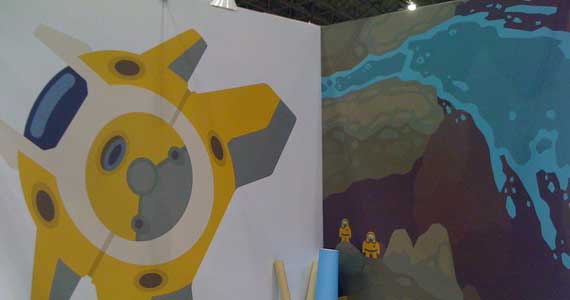
Talking about the physics of a videogame, or at least the way in which elements and objects physically react to the player, leaves me thinking of pop cans rolling down hallways, the splinters of wooden crates, or bodies flailing before flopping on the ground – and afterward if stepped on. I think of little eccentricities that mean to draw me into a world made more convincing by their presence, subtle additions that nourish the reality of the world within the game.
If said game avoids confronting me with an endless series of puzzles meant to force my appreciation of the effort, so much the better.
Beneath the shooter exterior, PixelJunk offers a subterranean world of environmental puzzles as a focal point, distinguishing itself with a playground of experimentation that directly drives the solutions and pushes the player forward. It isn’t a world made more realistic because of the physical elements within it, rather a world made more compelling and interesting because of the depth found in the interaction between elements that the player is allowed to interact with and manipulate.
What we’re left with is a game that is at all times inherently playful, a sensibility sadly missing from so many current releases.
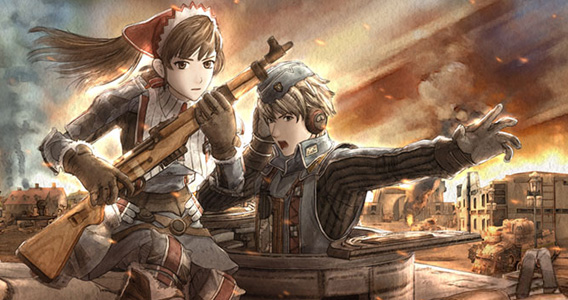
Not long ago I began to view Sega as a failed state.
Certainly the name would remain a cherished memory for gamers, but as a company Sega has squandered any notion of serious relevance in the current market. In my defence, I still argue that showing up at E3 with Sonic Unleashed, Golden Axe : Beast Rider, and a serious face, demonstrates that Sega suffers from a deficit of direction. And yet with Sega’s release of Valkyria Chronicles, I’ve found myself eating many of my words while experiencing a solid strategy RPG that titans of the genre could learn from, should they ever grow tired of cash grab ports and increasingly lacklustre sequels.
Equally as surprising that Sega has delivered such a well-crafted title is that the game emerges from a hurricane of restructuring that has seen several key names leave the company. Valkyria Chronicles was developed by Sega WOW, itself a new studio resulting from the merger of WOW Entertainment (House of the Dead, Vampire Night) and Overworks – WHICH… Wait for it – used to travel by the moniker of AM7 (Streets of Rage, Phantasy Star, Skies of Arcadia). And despite the time passed since the appearance of such titles and the great deal of changes Sega has undergone, Valkyria Chronicles’ overall design and unique charm strongly acknowledge that pedigree. The game simply shines with a character reminiscent of Skies of Arcadia, presented with the polish and core design gamers are expecting from current releases.
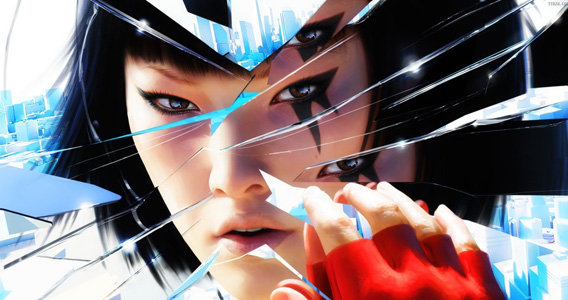
DICE’s long-anticipated release of Mirror’s Edge is the perfect example of a minefield for game journalists and reviewers. It’s a situation where there is no ideal position to take, where one is either criticized for praising a glorified technical demo or for criticizing innovation while consistently demanding it. In an industry that is plagued by repetition we should certainly be careful not to dismiss new ideas when they surface, but neither should we ignore the fact that the industry has evolved, and a game is not simply one element or mechanic, but the complete presentation that creates a world players find rewards from investing in.
Consequently Mirror’s Edge is certainly the most divisive title of the year, evoking extreme reactions, whether positive or negative upon playing. And it’s important to separate that statement from a simplistic argument between fans of Resistance and Gears of War. This is a situation where the developer has introduced innovation to an established genre, and thus the game faces both an audience seeking new experiences as well as those entrenched in a set style of game-play.
Powered by WordPress